We live in a world filled with countless natural wonders. However, this beauty is threatened by increasing environmental imbalance. This imbalance can be seen in various aspects, from extreme climate change to species extinction. In this article, we will discuss how the environment is said to be unbalanced and what impact it has on our lives.
The environment is said to be unbalanced and has an impact on life
Climate change

Climate change is one of the clearest indicators of environmental imbalance. This phenomenon is characterized by extreme global temperature changes, an increase in the frequency of natural disasters, and shifts in weather patterns. All of this has a major impact on human life and the ecosystem.
Species Extinction

Environmental imbalance also affects biodiversity. Many animal and plant species face the threat of extinction because their habitats are damaged or lost. Losing these species disrupts the food chain and can cause a detrimental domino effect on the entire ecosystem.
Pollution
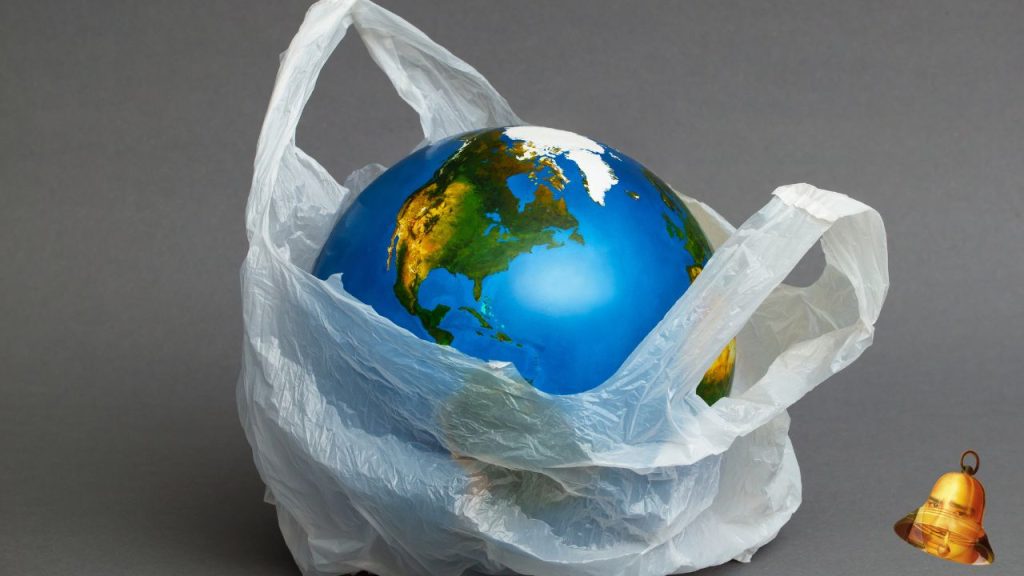
Pollution is another major factor causing environmental imbalance. Be it air, water, or land pollution, they all have serious negative effects on human health and the environment.
What we can do?
When the environment is said to be out of balance, there are several steps we can take to help restore it. We need to identify the causes of the imbalance. Is it due to pollution, deforestation, or other factors? Once we know the cause, we can start taking action.
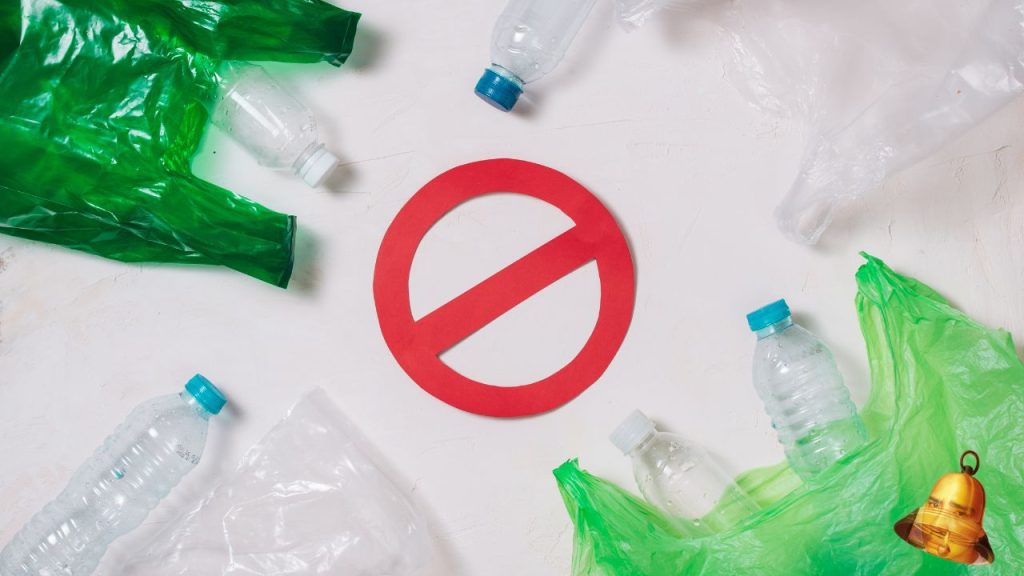
If pollution is a major problem, we can start by reducing the use of plastic and switching to more environmentally friendly products. We can also use public transportation or cycling to reduce carbon emissions. Additionally, supporting policies that limit industrial emissions is also important.
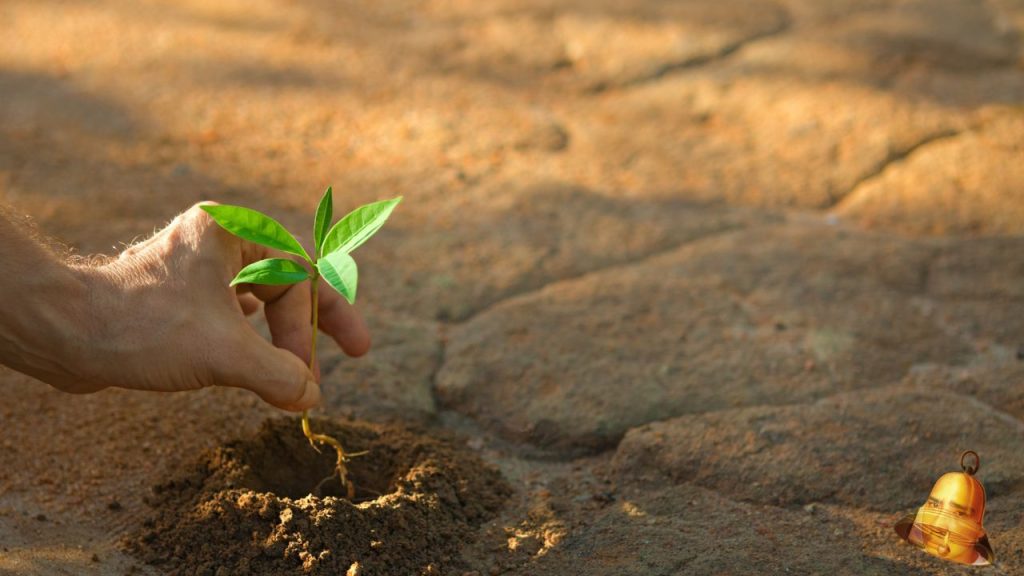
If deforestation is the cause, we can support organizations that focus on replanting forests and preserving natural habitats. We can also choose to use paper products that are certified sustainable and avoid products that cause forest damage.
How to Maintain Environmental Balance
Maintaining environmental balance requires a deep understanding of the interactions between humans and nature
Reducing our carbon footprint
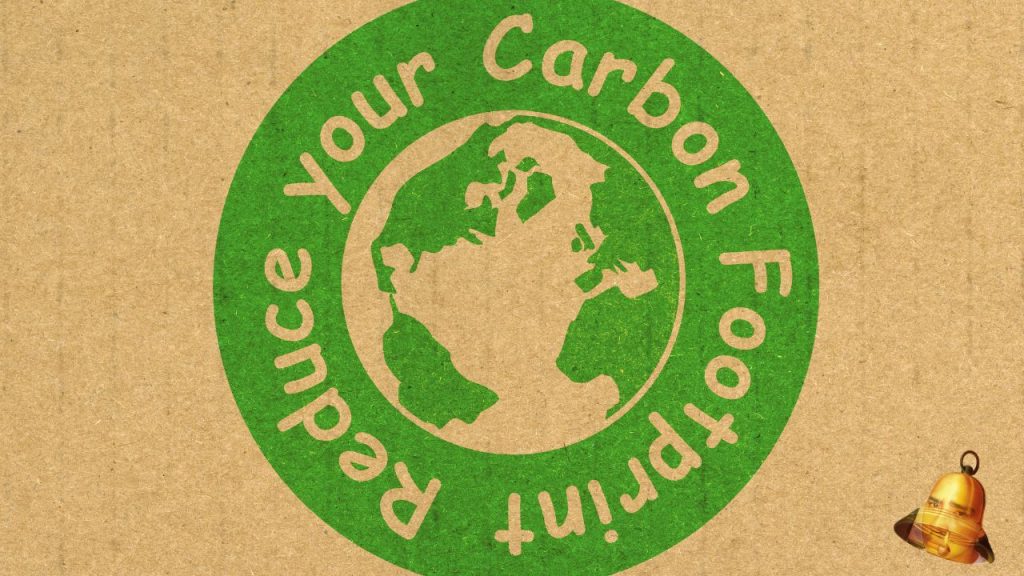
By methods such as walking or cycling instead of using motorized vehicles, using renewable energy such as solar panels, and reducing meat consumption because livestock is one of the largest contributors to greenhouse gas emissions. We must also be active in reforestation activities, such as planting trees and preserving forests, which not only help absorb carbon dioxide but also maintain biodiversity.
Must be wise in using resources

This means choosing products that can be recycled or composted, reducing single-use plastics, and supporting companies committed to sustainable practices. We also need to pay attention to our water consumption, with methods such as installing efficient taps and collecting rainwater for irrigation purposes.
Environmental education is also very important
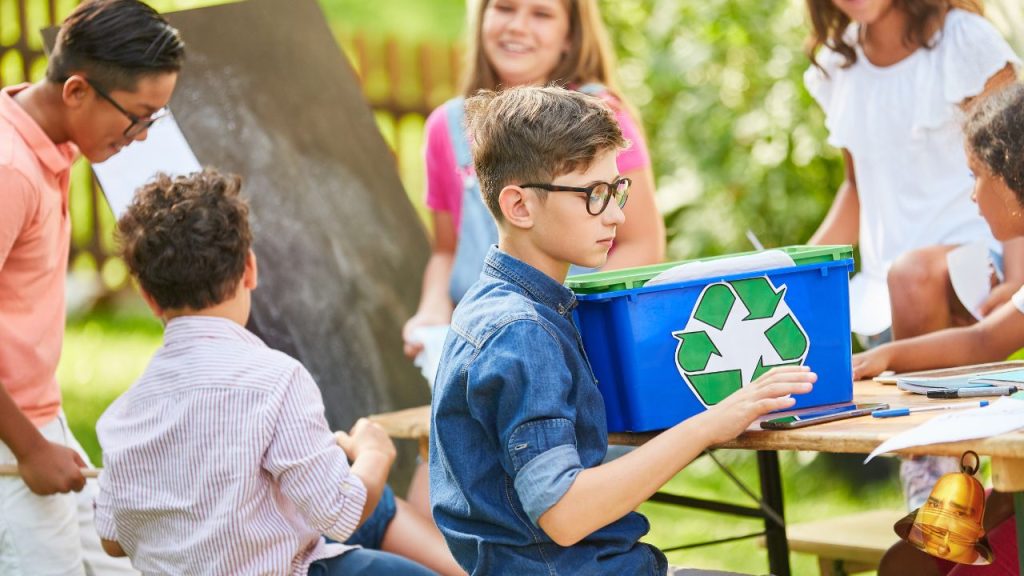
We must continue to spread awareness about the importance of protecting the environment to children and adults. This can be through formal education at school or through social media campaigns. The more people understand the importance of environmental balance, the more likely we are to make significant changes.
Support pro-environmental government policies

This could take the form of support for laws that limit pollutant emissions, or policies that encourage the use of clean energy. By working together towards the same goals, we can create a healthier and greener world for generations to come.
How to Overcome Environmental Imbalance
Addressing environmental imbalances requires a comprehensive approach:
Increased awareness

This can be done through environmental education in schools and also social campaigns targeting various community groups. For example, a learning program about the impact of plastic waste on marine life and the importance of good waste management.
Be wise in the use of natural resources
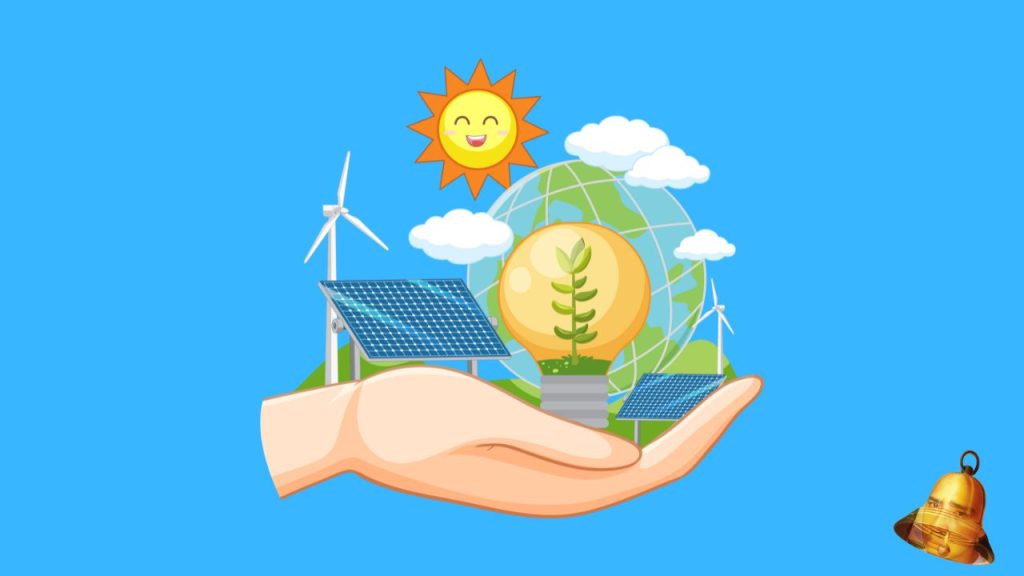
This means reducing consumption of single-use items, choosing products with recyclable packaging, and saving energy and water. Third, reforestation is not just about planting trees, but also ensuring that the types of trees planted are suitable for the local ecosystem and are able to grow well.
Government regulations regarding industrial waste must be clear and firm
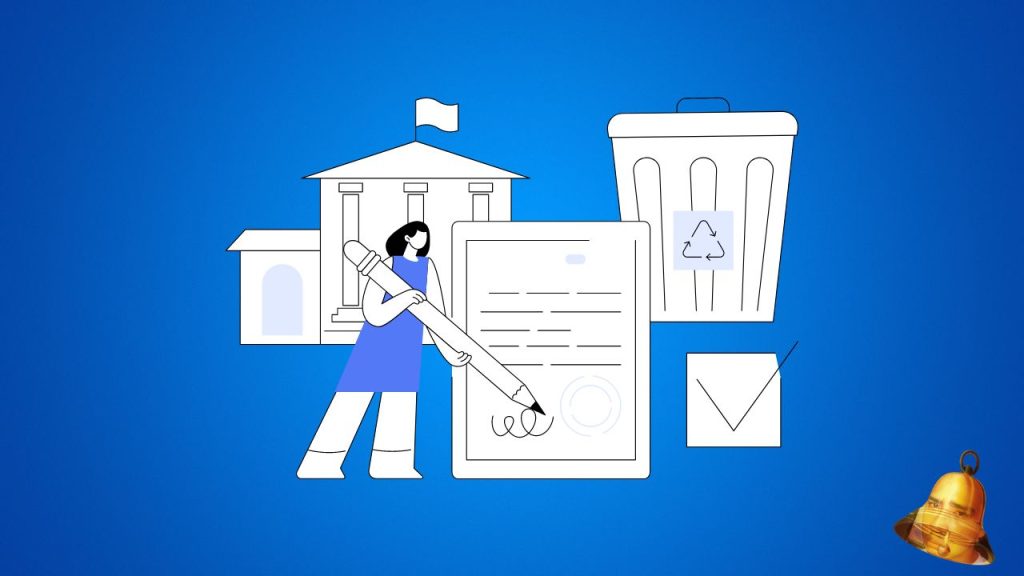
Companies must be invited to work together to implement a better and environmentally friendly waste processing system.
Community participation is very important

This can be through activities such as community service to clean the environment, independent waste management in the household, or participating in recycling programs organized by the government or non-governmental organizations.
This imbalance has a major impact on human life and the ecosystem. To overcome this problem, steps are needed such as increasing awareness, being wise in the use of natural resources, implementing clear regulations regarding industrial waste, and active community participation. With these steps, it is hoped that the environment can recover and return to balance, supporting sustainable life for all creatures.


